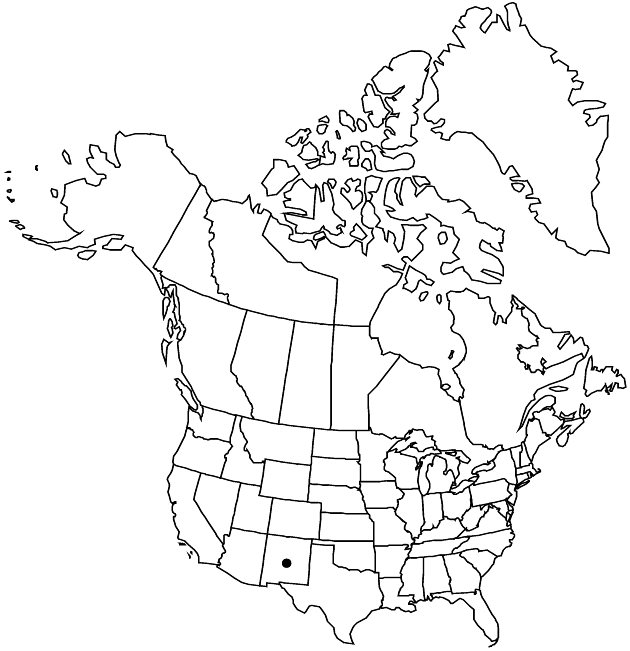Difference between revisions of "Ionactis elegans"
Phytologia 73: 420. 1992.
Common names: Sierra Blanca ankle-aster least-daisy
EndemicConservation concern
Basionym: Chaetopappa elegans Soreng & Spellenberg Syst. Bot. 9: 1. 1984
imported>Volume Importer |
imported>Volume Importer |
||
| Line 61: | Line 61: | ||
|publication year=1992 | |publication year=1992 | ||
|special status=Endemic;Conservation concern | |special status=Endemic;Conservation concern | ||
| − | |source xml=https:// | + | |source xml=https://bitbucket.org/aafc-mbb/fna-data-curation/src/2e0870ddd59836b60bcf96646a41e87ea5a5943a/coarse_grained_fna_xml/V19-20-21/V20_158.xml |
|tribe=Asteraceae tribe Astereae | |tribe=Asteraceae tribe Astereae | ||
|genus=Ionactis | |genus=Ionactis | ||
Latest revision as of 21:00, 5 November 2020
Plants 3–5(–9) cm (with relatively short caudex branches, cespitose; taprooted). Stems proximally herbaceous or slightly woody, eglandular. Leaves: proximal densely clustered, internodes not visible, reduced in size distally; mid and distal 5–17 mm, margins green, faces glabrous or sparsely puberulent, eglandular. Heads 1(–3). Involucres 4.5–6.5 mm. Disc florets bisexual, fertile; corollas 3.8–5 mm. Cypselae 2–2.5 mm, faces sessile- to stipitate-glandular. 2n = 18.
Phenology: Flowering Jun–Aug.
Habitat: Granite outcrops
Elevation: 2500 m
Discussion
Of conservation concern.
Ionactis elegans is known from a single population system in Eagle Creek Canyon, Lincoln County.
Selected References
None.
Lower Taxa
None.
